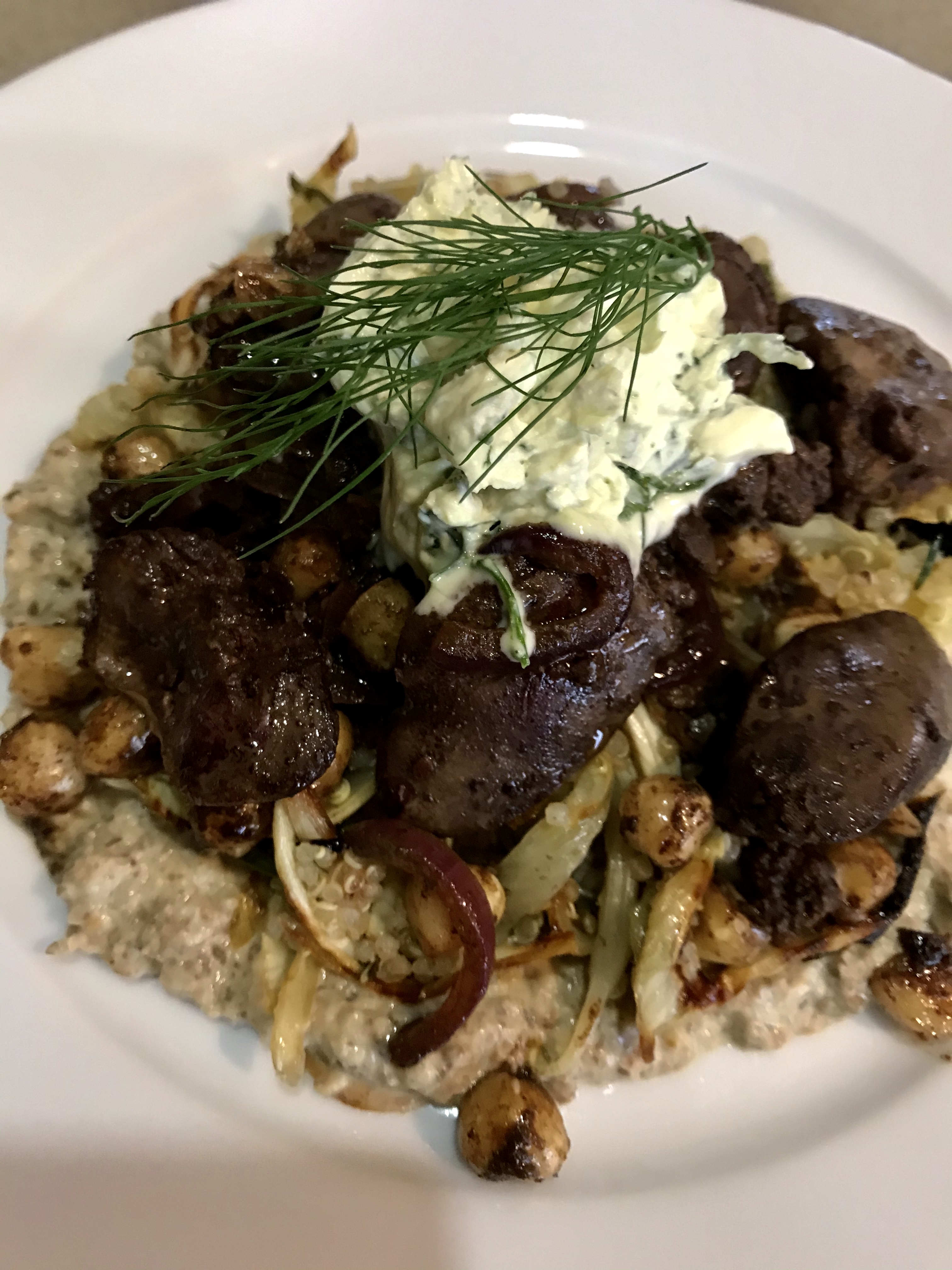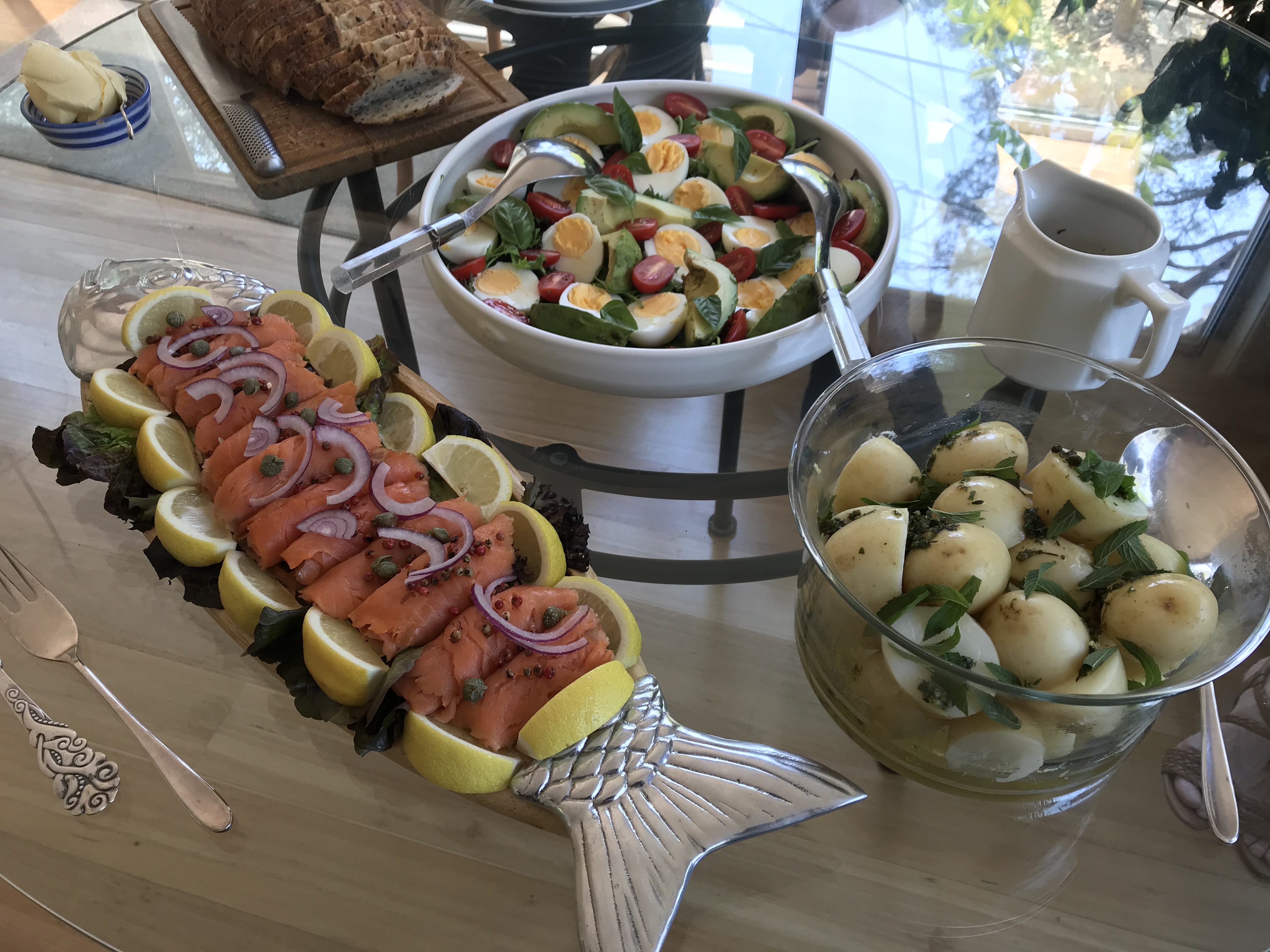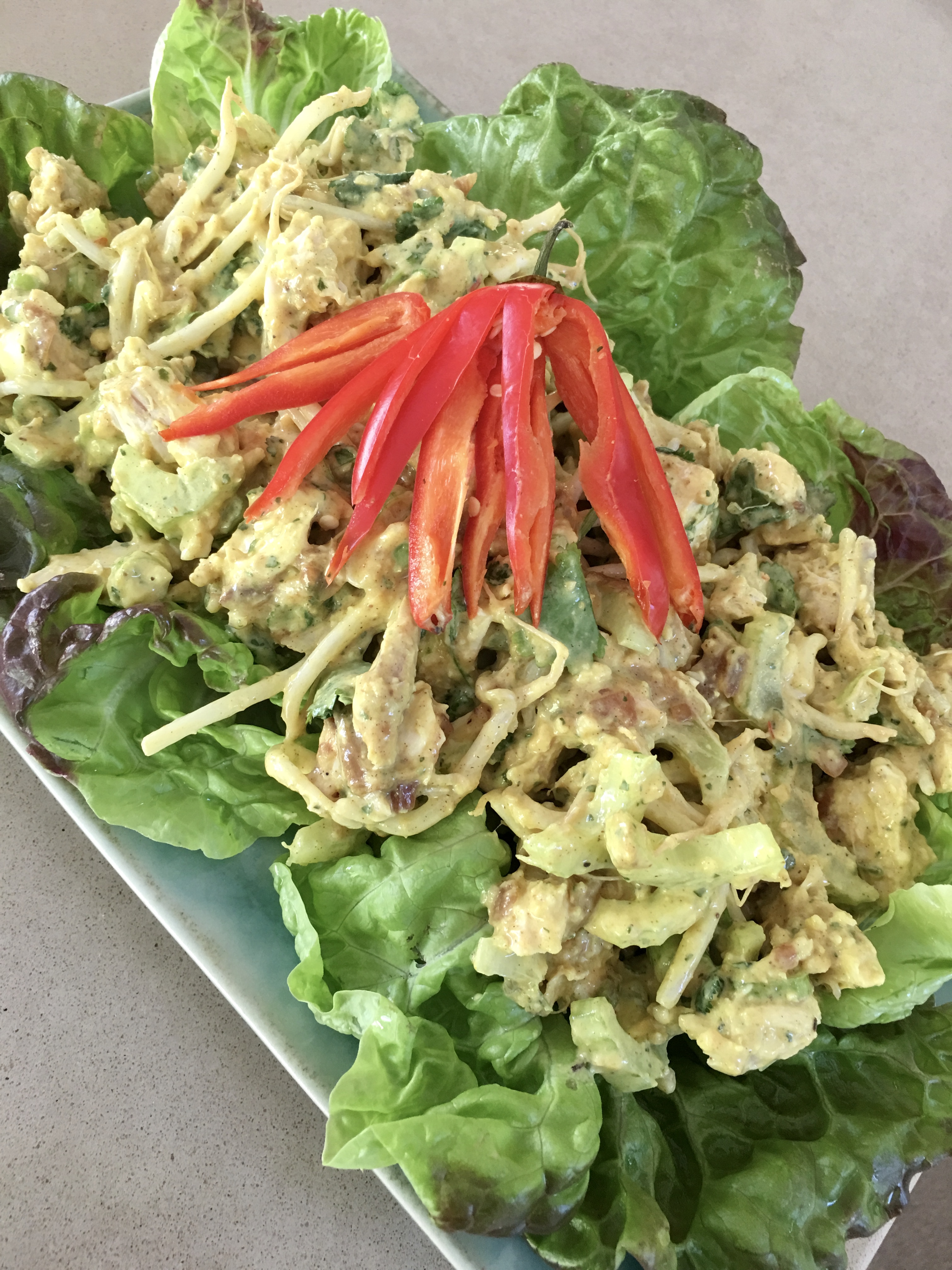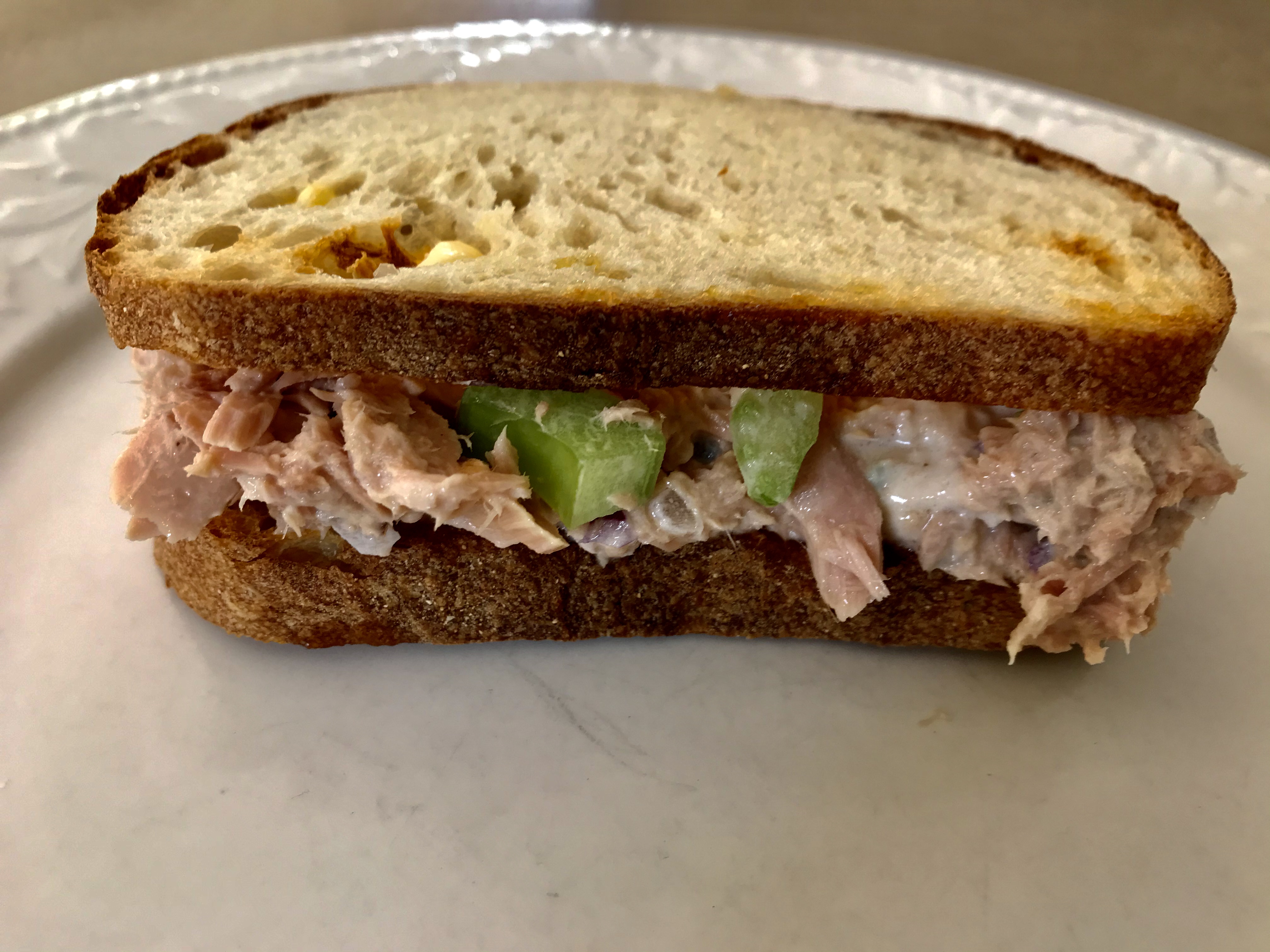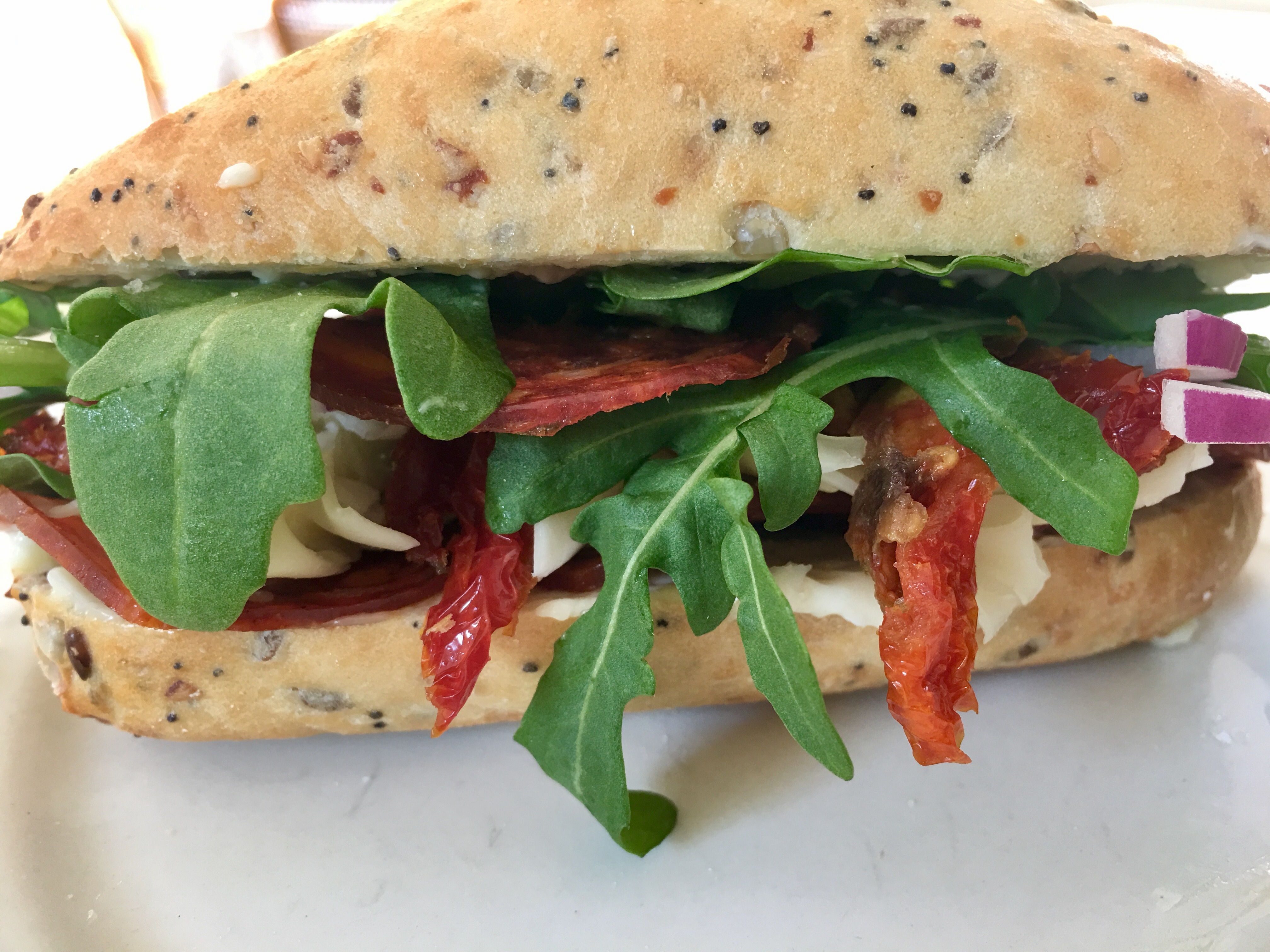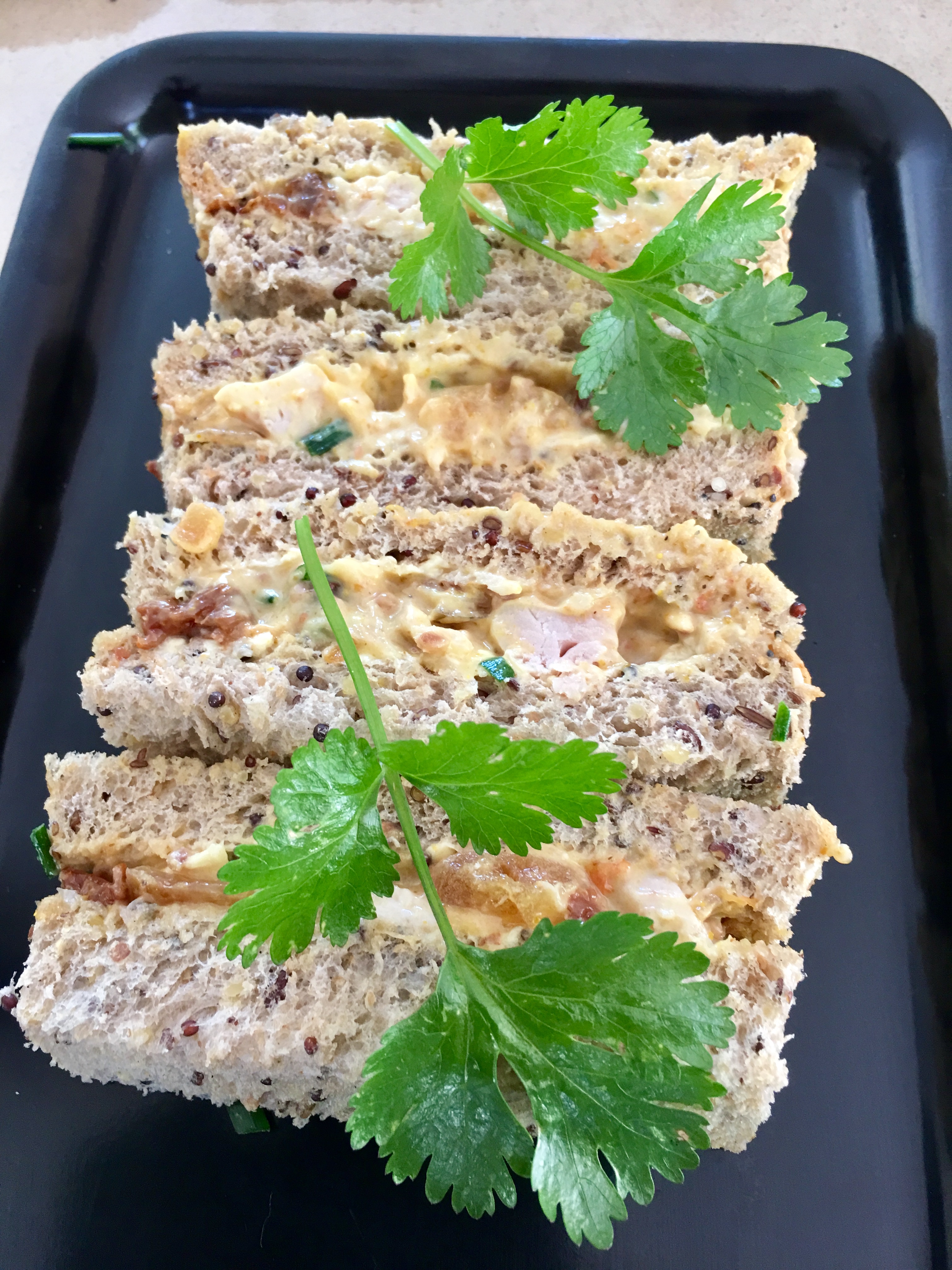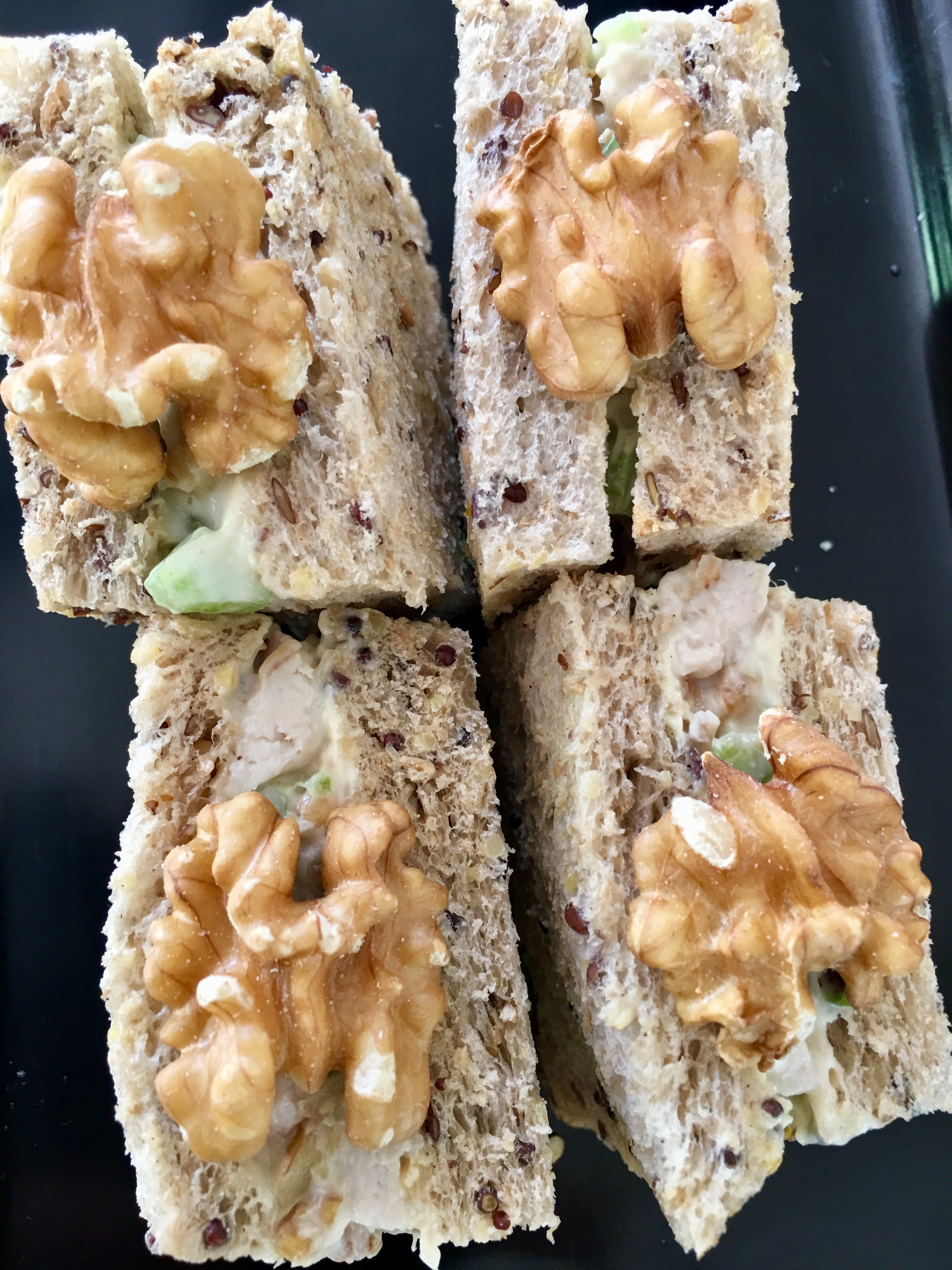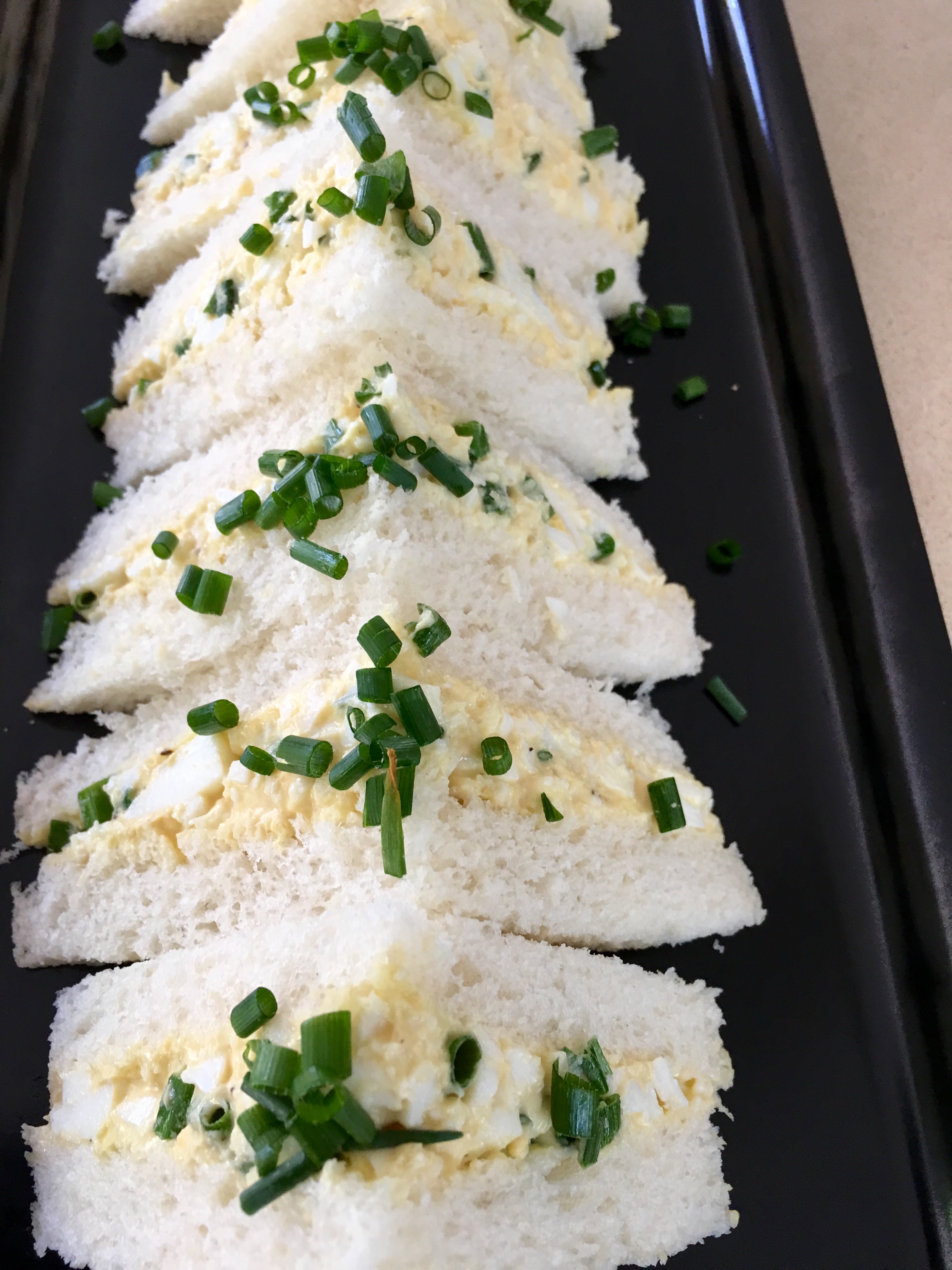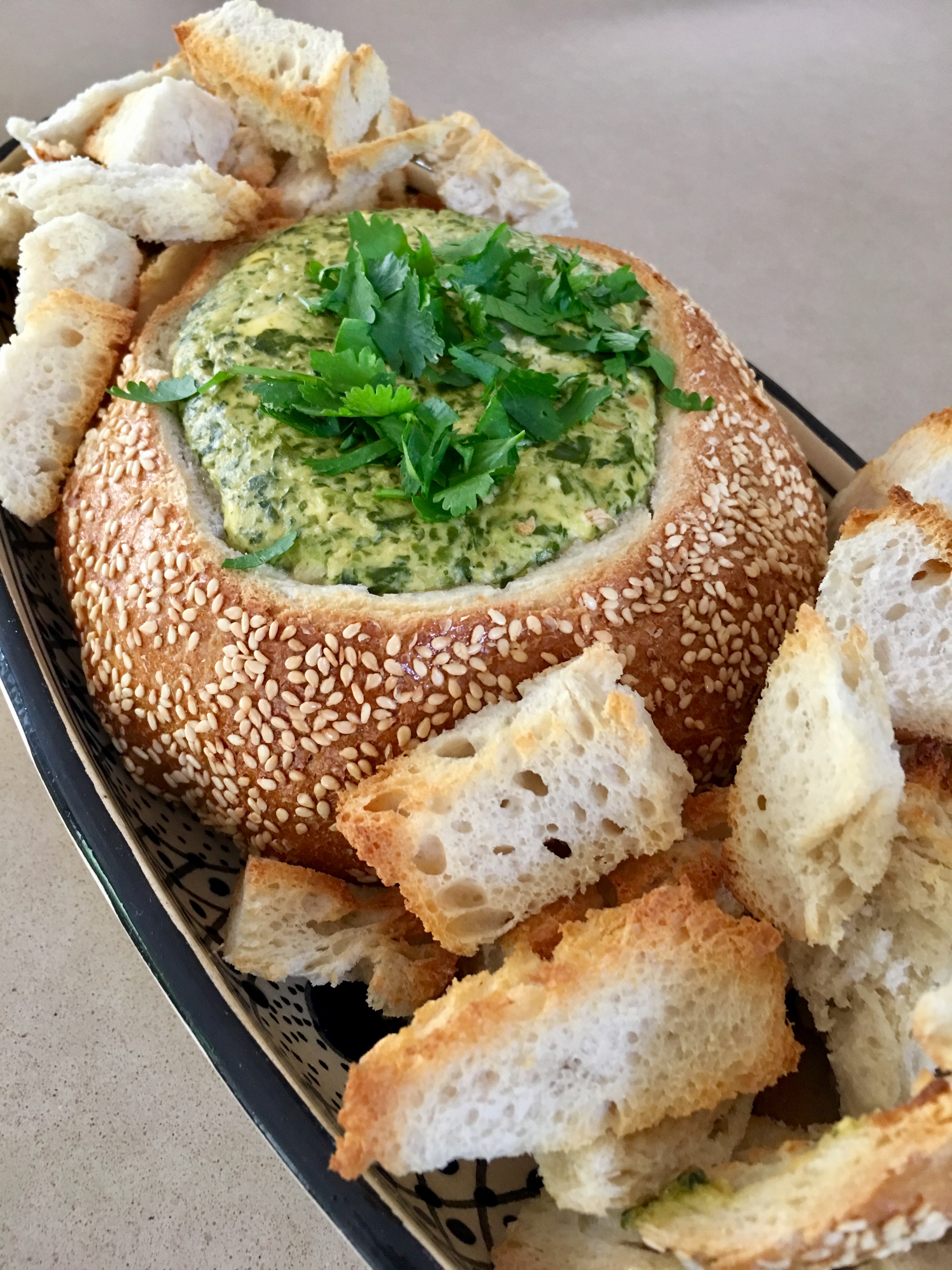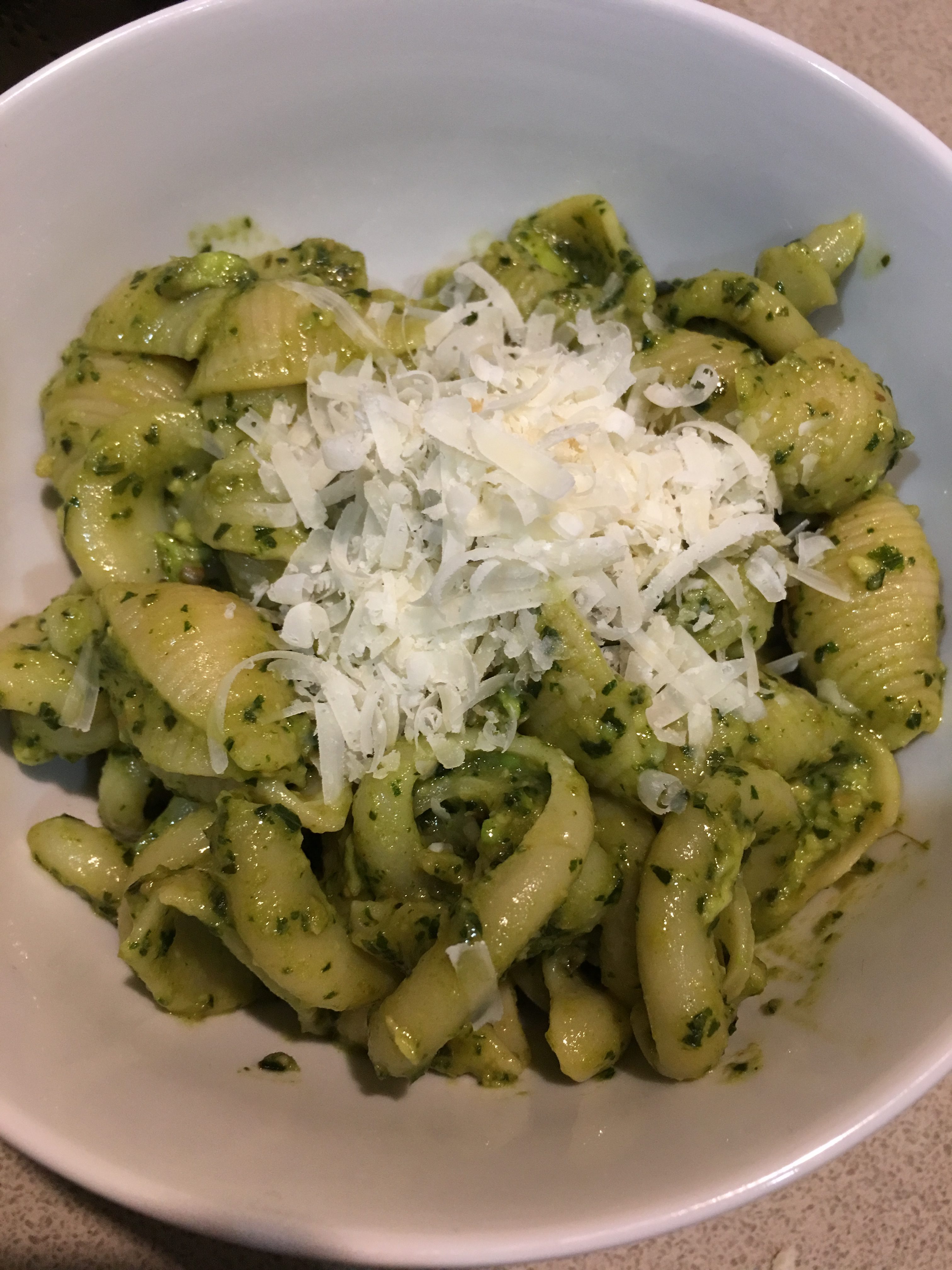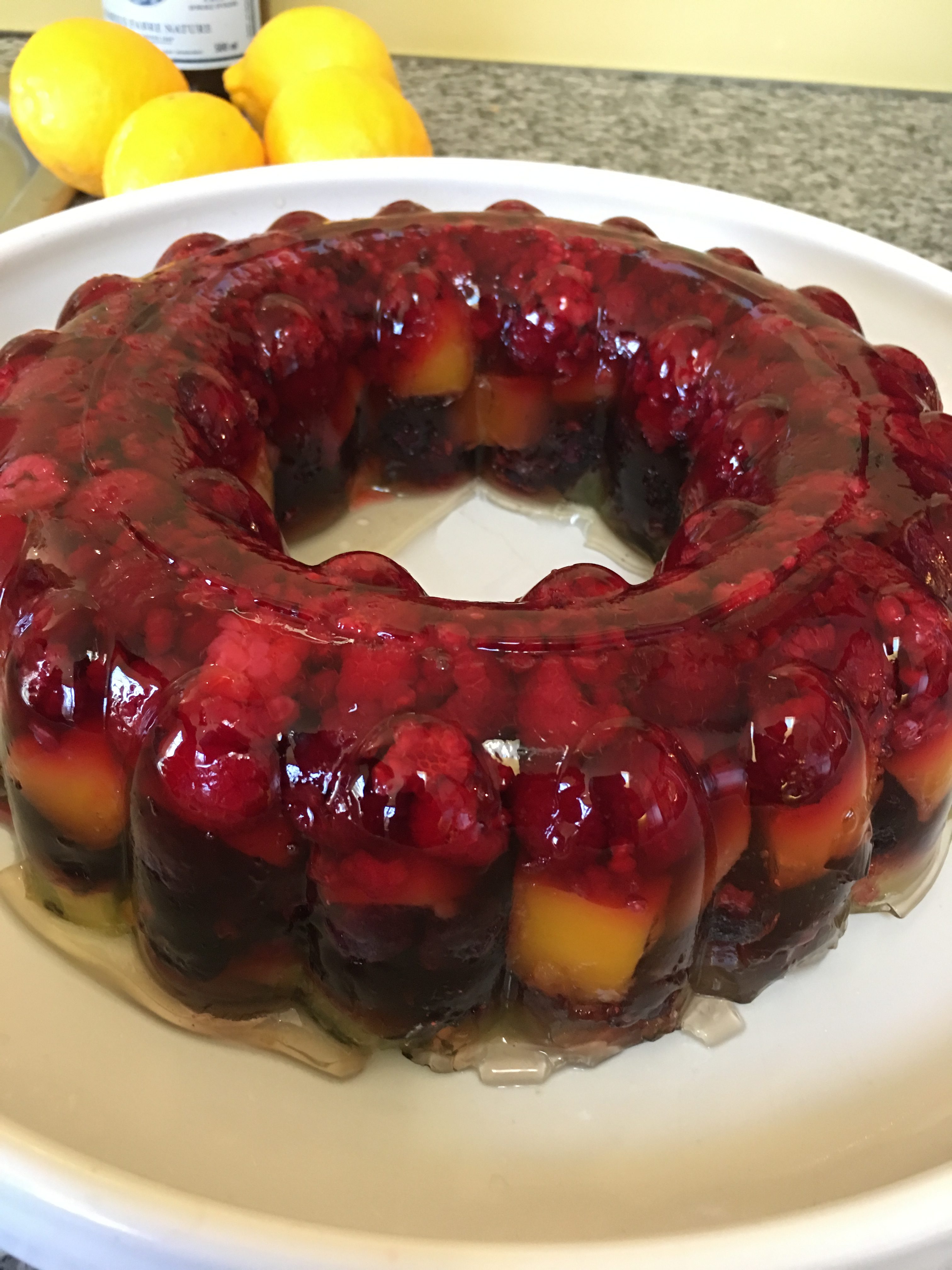I love anything with coconut in it. Unfortunately Matthew doesn’t so I only make coconut desserts for events he’s not attending. I served this scrumptious tart at one of my Spanish conversation lunches. Guess who ate the leftovers.
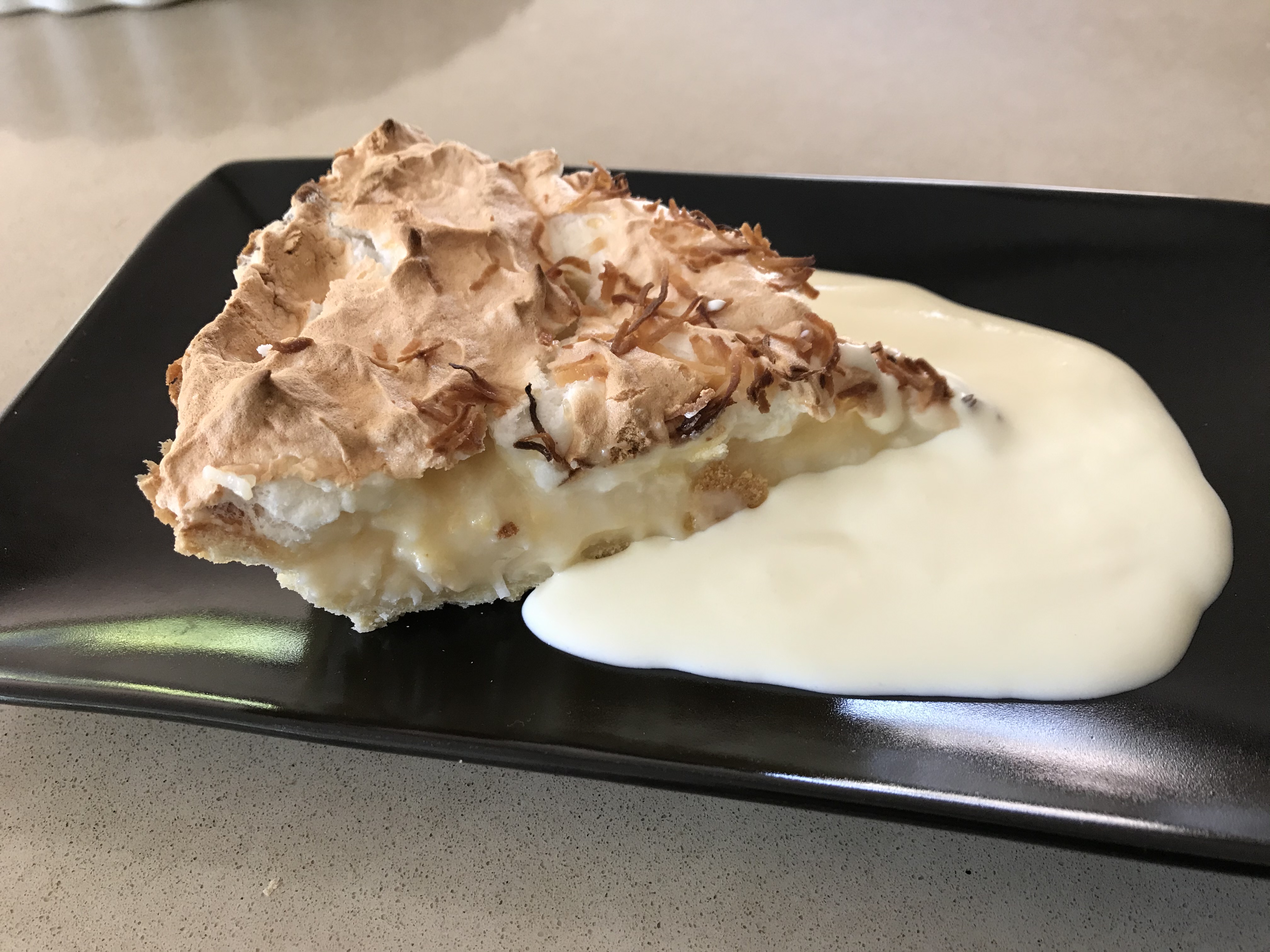
1 22cm (9″) sweet pastry case, cooked till golden
Coconut Filling:
1 can coconut milk plus enough milk to make 2¼ cups
½-¾ cup sugar (depending on how sweet a tooth you have)
3 egg yolks, beaten
1/3 cup cornflour
1 cup desiccated or shredded coconut
Meringue:
3 egg whites
6 Tbs sugar
1 tsp vinegar
1-2 Tbs extra desiccated or shredded coconut
To Serve:
Thick pouring cream
Mix about 2 Tbs of the milk mixture with the cornflour to make a smooth paste. Place coconut milk, milk and sugar in a non-stick pan and heat to boiling point. Add the egg yolks and the cornflour mixture, stirring constantly until the mixture thickens. Add coconut, then tip into the pastry case.
Preheat oven to 170°C. Whip egg whites until stiff then gradually add the sugar, beating until you have a thick, glossy meringue. Beat in the vinegar then dollop all over the coconut filling. Use a knife to spread meringue evenly all over, then sprinkle with the extra coconut. Bake for 8-10 mins or until golden brown. Watch the coconut doesn’t burn. Chill in the fridge. Serve with cream.
Serves 8

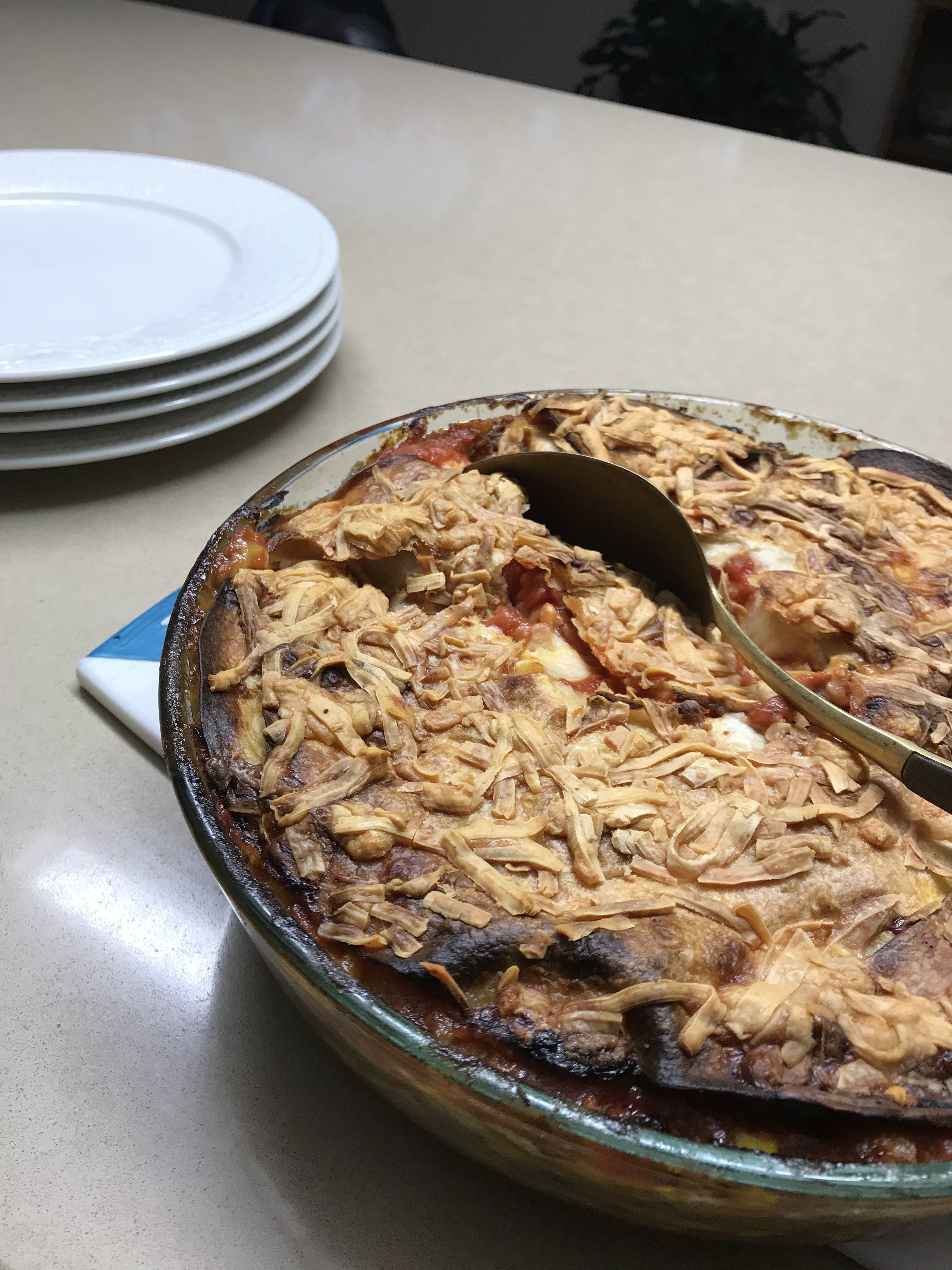
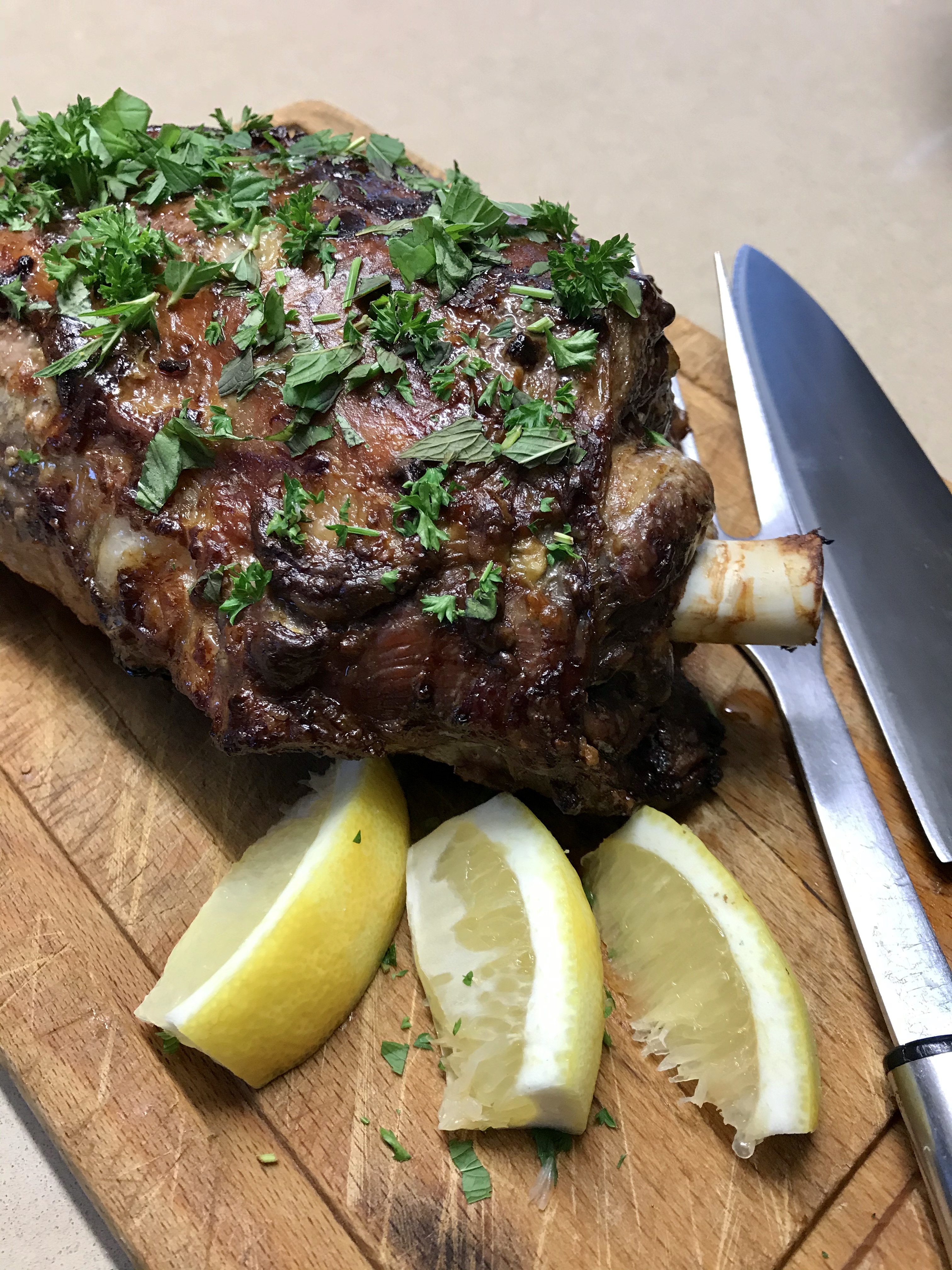 2 Tbs Dijon mustard
2 Tbs Dijon mustard